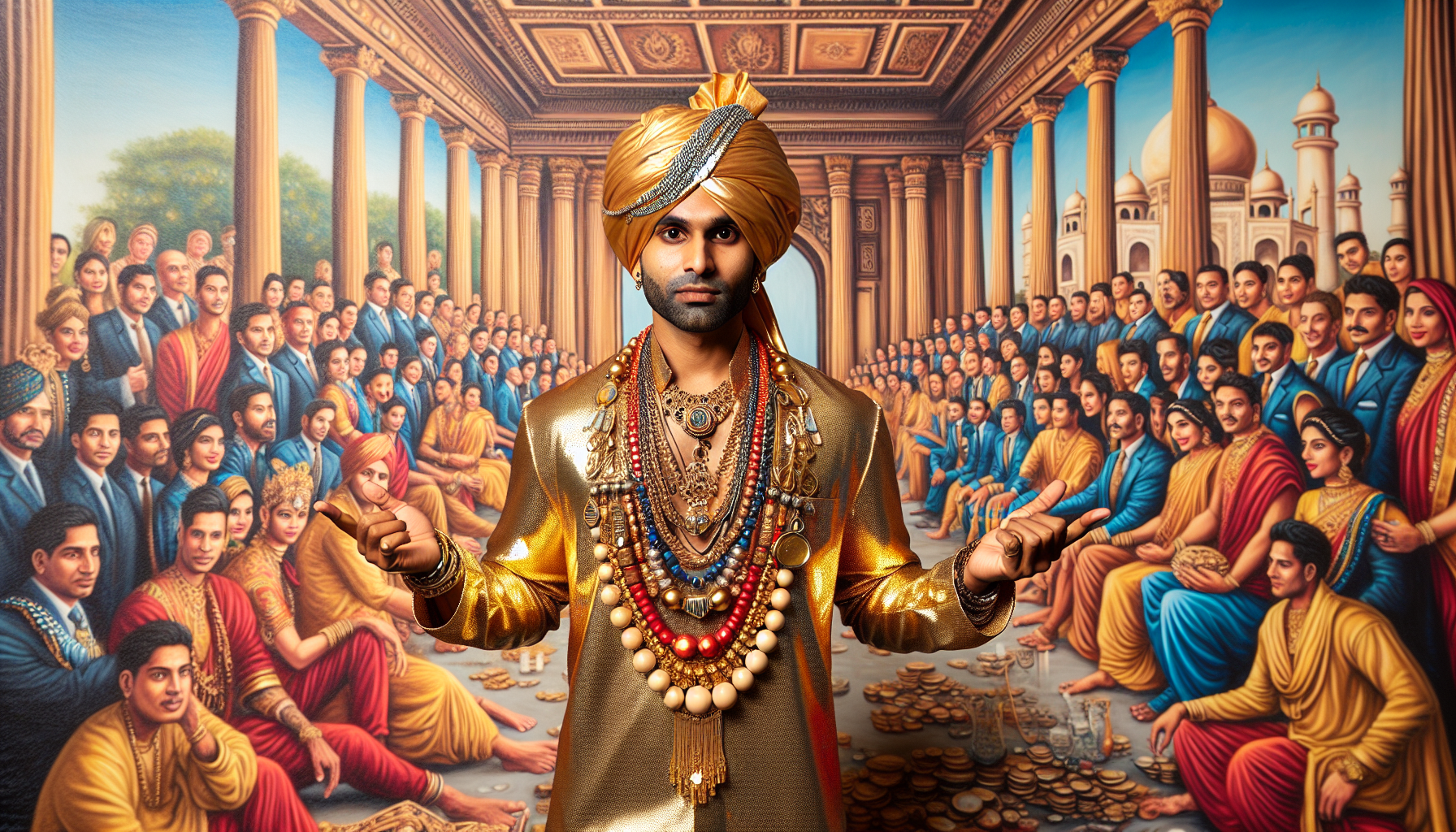The Future of Wearable Tech: A Designer's Vision

Designers play a crucial role in the development of wearable technology, not only in terms of aesthetics but also in ensuring functionality and user-friendliness. The future of wearable tech will likely see a more seamless integration of technology into everyday clothing and accessories. As designers continue to innovate, we can expect wearables to become more discreet and versatile, blurring the lines between traditional fashion and cutting-edge technology. Imagine clothing that changes color or texture based on environmental conditions or jewelry that doubles as a personal assistant, providing notifications and alerts with a simple touch. Designers like Pauline van Dongen and Anouk Wipprecht are already pioneering this space. Van Dongen’s solar-powered clothing and Wipprecht’s interactive fashion designs are perfect examples of how technology and fashion can coalesce to create both functional and aesthetically pleasing wearables. These designs are not only about utility but also about expressing identity and personal style, which is a critical factor in consumer adoption.
Emerging Trends and Consumer Expectations
One of the most significant trends poised to shape the future of wearable tech is personalization. Consumers increasingly demand products that cater to their unique needs and preferences. Designers are responding by developing wearables that offer customizable features, such as adjustable interfaces, modular components, and adaptive technologies that evolve with the user's lifestyle. Furthermore, the integration of artificial intelligence (AI) and machine learning into wearable technology will enhance personalization by enabling devices to learn from user behavior and adapt accordingly. This could lead to innovations like smart clothing that monitors vital signs and suggests lifestyle changes or wearables that adjust their functionality based on the user's mood and activity levels. Consider the example of AI-powered fitness trackers that not only monitor physical activity but also provide personalized workout recommendations and nutrition advice based on the user’s health data. As AI technology becomes more sophisticated, we can expect a new generation of wearables that are highly attuned to the individual needs of their users.
Sustainability and Ethical Design
As the wearable tech industry grows, so does the importance of sustainability and ethical design practices. Designers are increasingly focused on creating environmentally friendly products by utilizing sustainable materials and energy-efficient technologies. The future will likely see an emphasis on circular design principles, where wearables are designed with their entire lifecycle in mind, from production to disposal. Moreover, ethical considerations such as data privacy and user consent are becoming paramount as wearables collect more personal information. Designers must navigate these challenges by creating transparent systems that prioritize user control over their data and ensure that privacy is built into the design process. For example, companies like Fairphone are leading the charge in ethical tech design by creating devices that are easy to repair and recycle. Similarly, wearables could incorporate similar principles, ensuring they are sustainable and ethically manufactured.
Technological Advancements on the Horizon
Advancements in materials science and engineering will play a significant role in shaping the future of wearable tech. Developments in flexible electronics, smart fabrics, and nanotechnology will enable the creation of wearables that are not only more comfortable and durable but also capable of performing more complex functions. For instance, research in bio-integrated electronics could lead to wearables that seamlessly interact with the human body, providing real-time health monitoring and diagnostics. Similarly, advances in energy harvesting technologies could result in wearables that are self-powered, eliminating the need for frequent charging and enhancing their practicality. An exciting development in this field is the innovation of graphene-based materials, which are both lightweight and strong, ideal for creating flexible, durable wearables. These materials could revolutionize the way wearables are designed and used, making them more efficient and less obtrusive.
The future of wearable technology is bright, with endless possibilities for innovation and creativity. Designers stand at the heart of this evolution, tasked with the challenge of merging technology with everyday life in a way that is both seamless and meaningful. As we look ahead, it is clear that wearable tech will continue to redefine our relationship with technology, offering new ways to enhance our lives while addressing critical issues such as sustainability and ethical design. By embracing these challenges and opportunities, designers are not only shaping the future of wearable technology but also influencing the broader landscape of personal technology. The next decade promises to be an exciting time for wearable tech, as it continues to evolve and adapt to the ever-changing needs and desires of consumers worldwide. Designers, by pushing the boundaries of innovation, will ensure that wearables become an integral, sustainable, and ethical part of our everyday lives.
Wearable Technology Product Designer
Fitbit, Apple, and Nike
Responsibilities
Develop creative concepts and prototypes for new wearable tech products, balancing aesthetics and functionality.
Collaborate with engineers and developers to ensure design feasibility and integration of technology.
Stay updated on industry trends and emerging technologies to inspire innovative design solutions.
Smart Textile Engineer
Under Armour and Google
Responsibilities
Design and develop smart fabrics that integrate sensors and electronic components for various applications.
Work closely with designers to ensure textiles meet both aesthetic and functional requirements.
Conduct research and testing to improve material durability, flexibility, and responsiveness.
UX/UI Designer for Wearable Applications
Samsung, Garmin, and Huawei
Responsibilities
Create user interfaces and experiences for wearable tech apps, ensuring seamless interaction on small screens.
Perform user testing and gather feedback to refine design and improve user satisfaction.
Collaborate with cross-functional teams to incorporate AI and machine learning features into user interfaces.
Wearable Tech Data Analyst
WHOOP and Jawbone
Responsibilities
Analyze data from wearable devices to derive insights that can improve product performance and customer experience.
Develop algorithms for personalized recommendations and predictive analytics using AI.
Ensure data privacy and compliance with ethical standards in data handling.
Sustainability Consultant for Wearable Technology
Patagonia and Fairphone
Responsibilities
Advise wearable tech companies on sustainable design practices and environmentally friendly production methods.
Develop strategies for incorporating circular economy principles, focusing on lifecycle management and material reuse.
Collaborate with product teams to implement sustainable materials and energy-efficient technologies.


